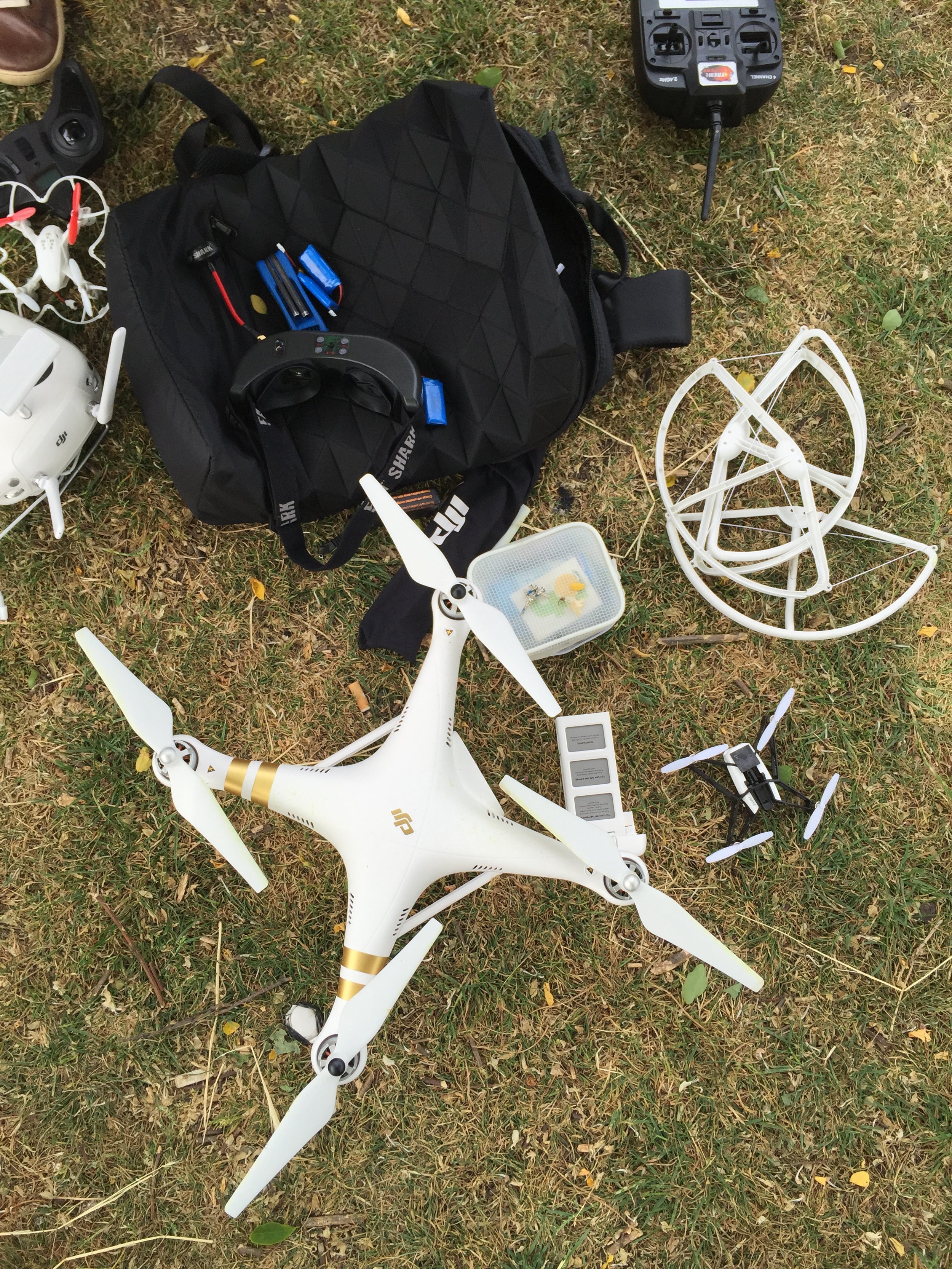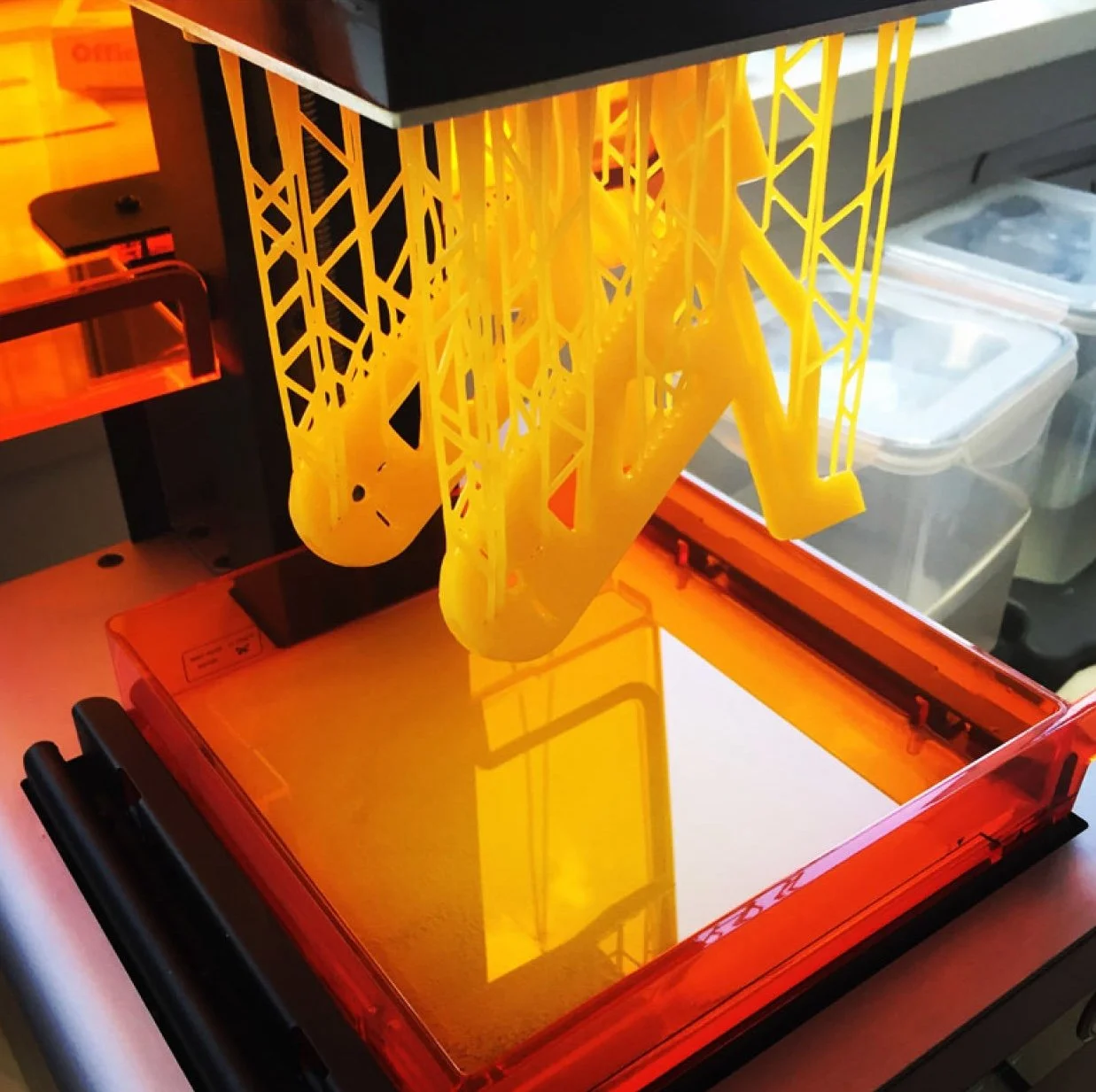Drones monitoring large building sites: discovery research at Intel.
This project explores how drones can be used to monitor large scale building sites. While the market has evolved, the core questions around ecosystem coordination, data ethics, and trust in automation are still relevant today.
Impact. We benchmarked 20 drone platforms, tested 4, and collaborated with 1 startup. We developed 4 prototypes, delivering a final proof of concept that was used for Intel’s showcase at CES Las Vegas.
My role. Strategy, user research, ideation, prototyping, managing relationships with start ups.
Hypothesis.
Large areas like construction sites and military zones are difficult to access and manage, some spanning more than 10 km². Drones provide an effective way to monitor these environments, reducing the need for human presence in hazard zones or adverse weather conditions. Studies show that drone monitoring can help reduce site inspection time by up to 50%, contributing to fewer on site incidents and lowering operational costs.
Initial research.
We compared 20 different drones available on the Market. We chose a range of drones based on the unique characteristics they offer. Part of the technical review included building a drone from scratch, to understand the weight to lift ratio. Using Arduino and 3D Printing we tested various customisation methods. The main goal was to understand what enables a drone to fly.
Lastly, we conducted 15 Online Surveys on DIY drones community and 6 semi structured interviews with entrepreneurs focused on drone technology.
Findings.
End to End experiences with professional drones are inconsistent, dependable on regulations that are different in each country.
Drones have technical limitations, such as battery life, which make them difficult to use to monitor large building sites or planning long missions.
Flight Data Overflow makes it hard for the operator to prioritise data consumption and act fast in difficult situations.
Proof of concept.
We partnered with FK Group, a global building envelope contractor responsible for the design, construction, and maintenance of the new roof at the Etihad Stadium in Manchester, which has 53,500 seats. We travelled to the site to observe their work on the roof extension, conducting 6 on site interviews with the site manager, HR manager, and contractors, and carried out a full day of observation on location.
Following the field research, I organised a small ideation workshop with 11 participants, bringing together designers and engineers to generate ideas informed by our findings.
The process laid the foundation for developing a multi device drone operating platform, integrating the workflows of the site manager, engineering team, and drone operator. The platform enabled real time site monitoring and early identification of maintenance risks, reducing the need for manual inspection in areas that are hard to reach.
Drones in action.
Building on the work done in the ideation studio, designers and engineers collaborated over the course of 5 days to develop and refine concept directions. These ideas were grounded in our technical benchmarking and on site field research, including the day of observation and interviews with FK Group.
The outcome was a core set of features for an initial multi device drone platform, connecting the real time workflows of 1 site manager, 3 engineers, and 1 drone operator. The system enabled large scale site monitoring and early detection of areas requiring maintenance.














